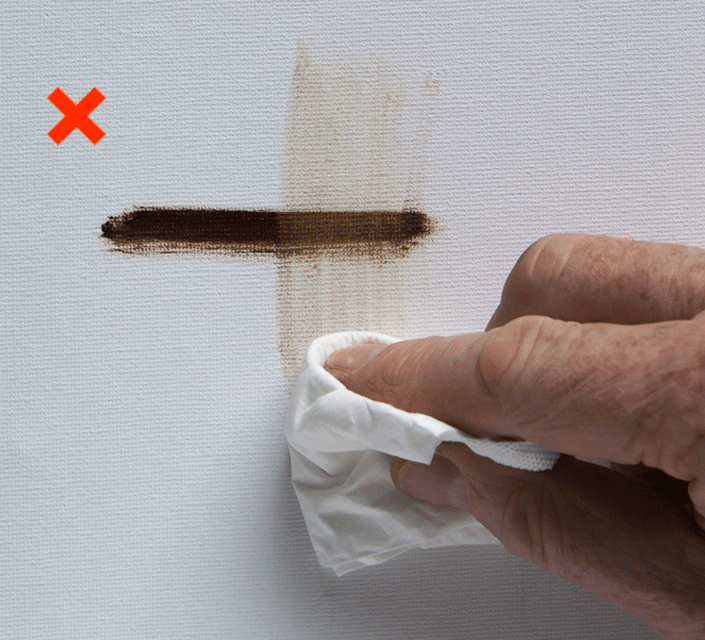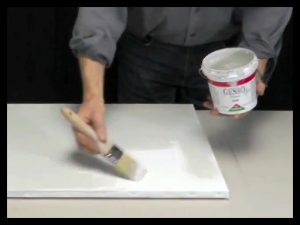
Here I show you, step by step, how I painted this portrait, with a different approach as usual. I chose to start without a detailed drawing. Continue reading “Portrait painting, a different approach”

Here I show you, step by step, how I painted this portrait, with a different approach as usual. I chose to start without a detailed drawing. Continue reading “Portrait painting, a different approach”
Carpentry for portrait painting. As I get the opportunity I love to do craftwork, preferably in wood. I always wanted to be a carpenter, I have written about this before. And I’ll confess something else to you. For a long time, carpentry gave me more pleasure than painting. Believe me. Continue reading “Carpentry for portrait painting”
Canvas and preparations. The word canvas means a fabric used as a painting surface. Sometimes the canvas is made from cotton fibers and other times from linen fibers. Panel is nowadays almost always made of masonite or fiber board.
Whatever you use, the big secret is in the preparation.

Poorly prepared panel or canvas is lethal. Often this trashy quality is the reason, a novice in oil painting gives up after a few attempts. Flimsy linen absorbs immediately every brushstroke. Continue reading “Canvas and preparations”

Suppose you want to learn to play the piano. The instrument on which you start is old, not in tune and with missing keys. Would that invite you to sit down and study? No! It will turn your stomach! The same goes for learning to paint. Poor art supplies will not encourage you to make a good painting. Believe me, good stuff really makes a difference! Starting with the canvas. A miserable support base is a principal stumbling block, I can´t stress it enough.
Good stuff makes you happy!
“The secret is in the canvas”

Poor quality of the canvas is one of the most important holdbacks for beginners. In my classes I have noticed that students underestimate this issue or even they themselves are not aware of. Most of all commercial canvas is poor.
The main problem is that it is too absorbent. Paint almost immediately is sucked into the texture and loses its color strength and brush-strokes become dull and inexpressive. Also it is a headache to get the paint on the surface. This inconvenience is an obstacle for many beginners and because of this people even might start to hate the technique. The canvas should encourage you and welcome your brushstrokes!
I use a doubled, linen canvas and even on this surface I apply at least three layers of gesso. I don´t want a white surface so I mix a small dab of neutral gray of acrylic paint: ivory black and yellow ochre. I add this mixture to my gesso and I get a light gray basic tone.